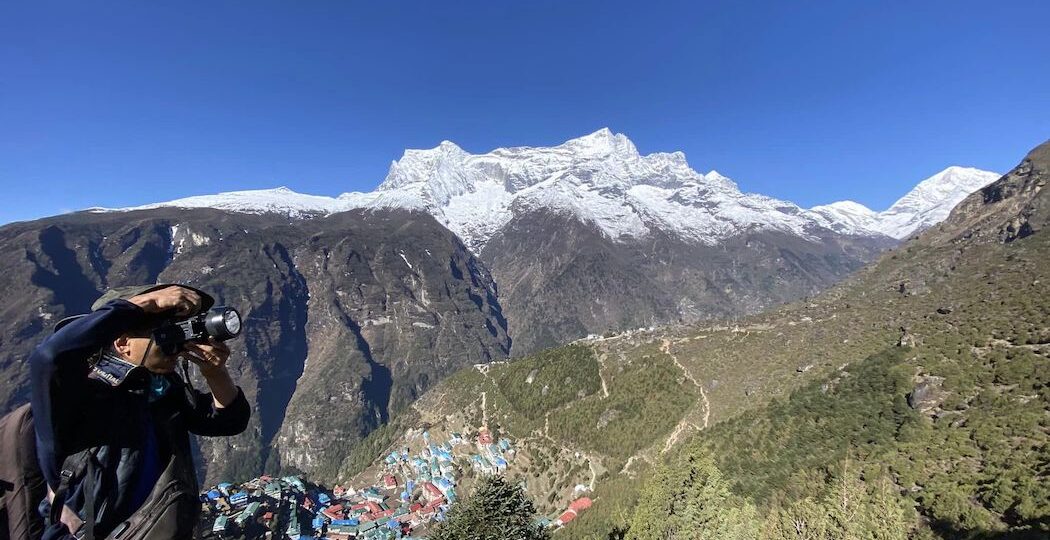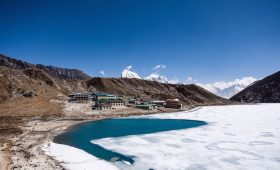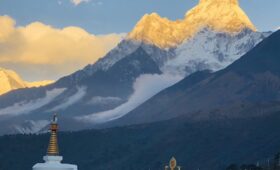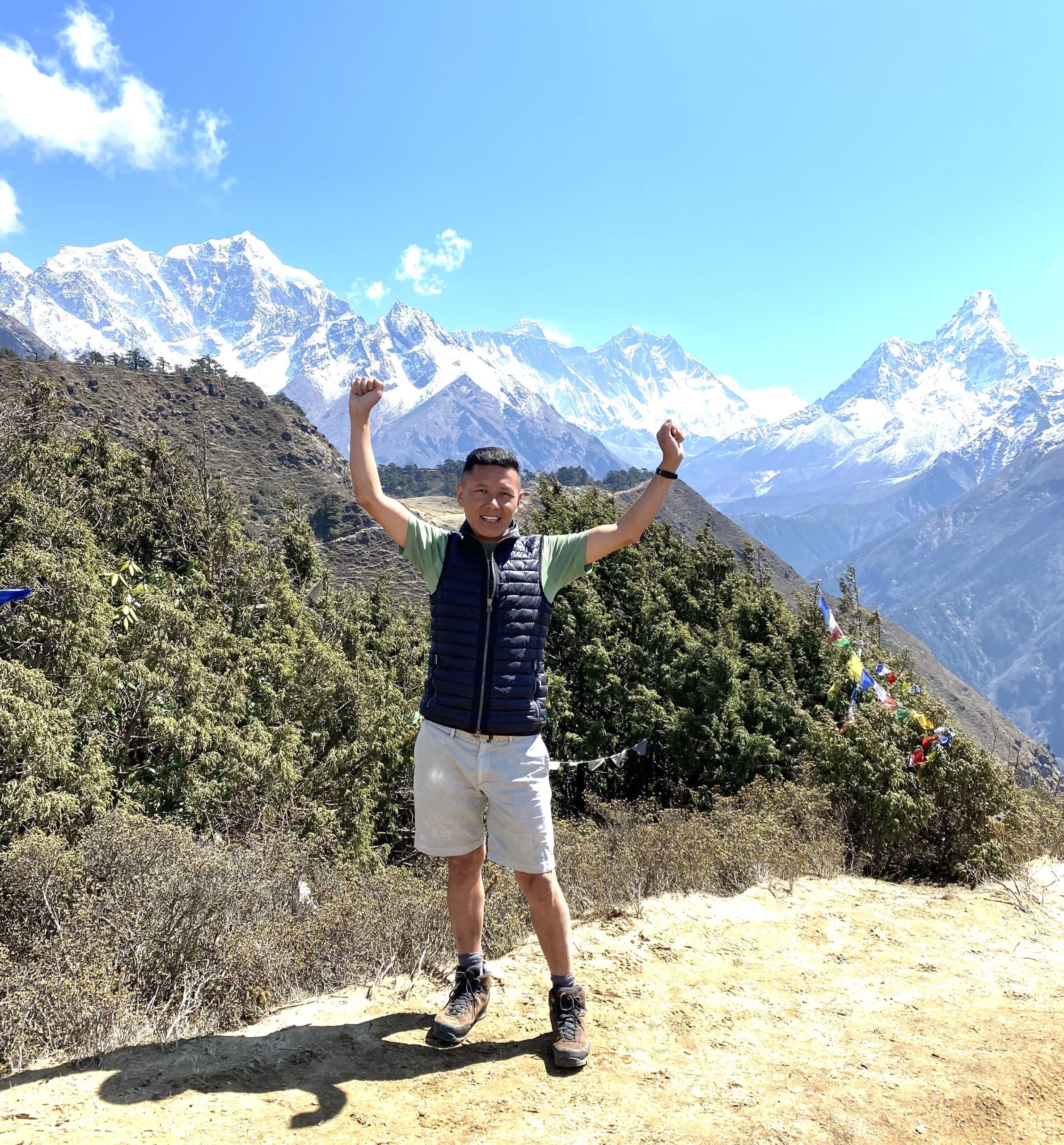While hiring a trekking guide is not legally mandatory in the Everest region of Nepal, but it is highly recommended for several reasons. Trekking in the Everest area can be a challenging and potentially dangerous endeavor, especially for those who are not experienced or familiar with the terrain, weather conditions, and altitude-related risks. Here are some important things to consider:
Safety: Trekking in the Everest region involves navigating challenging terrains, high altitudes, and unpredictable weather conditions. A trekking guide with experience and knowledge of the area can provide valuable assistance in ensuring your safety. They are trained to handle emergencies, altitude sickness, and can provide guidance on proper acclimatization.
Navigation and Route Knowledge: The Everest region has a vast network of trails, and having a guide who knows the routes well can be extremely helpful. They can navigate through various paths, including lesser-known or alternative routes, which can enhance your trekking experience. They also ensure you stay on the right track, minimizing the risk of getting lost.
Cultural and Local Insights: Trekking with a guide offers an opportunity to learn about the local culture, traditions, and history of the Everest region. They can share insights about the Sherpa community, monasteries, and other significant landmarks. Interacting with locals and understanding their way of life can greatly enrich your trekking experience.
Language and Communication: Communication can sometimes be a challenge in the Everest region, as English may not be widely spoken in remote areas. A trekking guide can bridge the language barrier, facilitate communication with locals, arrange accommodations, and help with any necessary arrangements along the way.
Support and Logistics: Trekking guides can assist with logistical aspects, such as organizing permits, arranging transportation, and managing accommodations and meals. They can also handle any unexpected situations that may arise during the trek, relieving you of potential stress and allowing you to focus on enjoying the journey.
While it is possible to trek independently in the Everest region, especially if you have prior trekking experience and are well-prepared, having a trekking guide can significantly enhance your trekking experience and ensure a safer and more enjoyable adventure.
Do you have any question about trip to Nepal?
Tell us about your trip to Nepal and what you expect from it. We will answer your questions in 24 hours and help you design a trip with a comfortable itinerary to best meet your needs.





